News
This Is When Dumping Garbage in the Ocean Is Actually a Good Thing
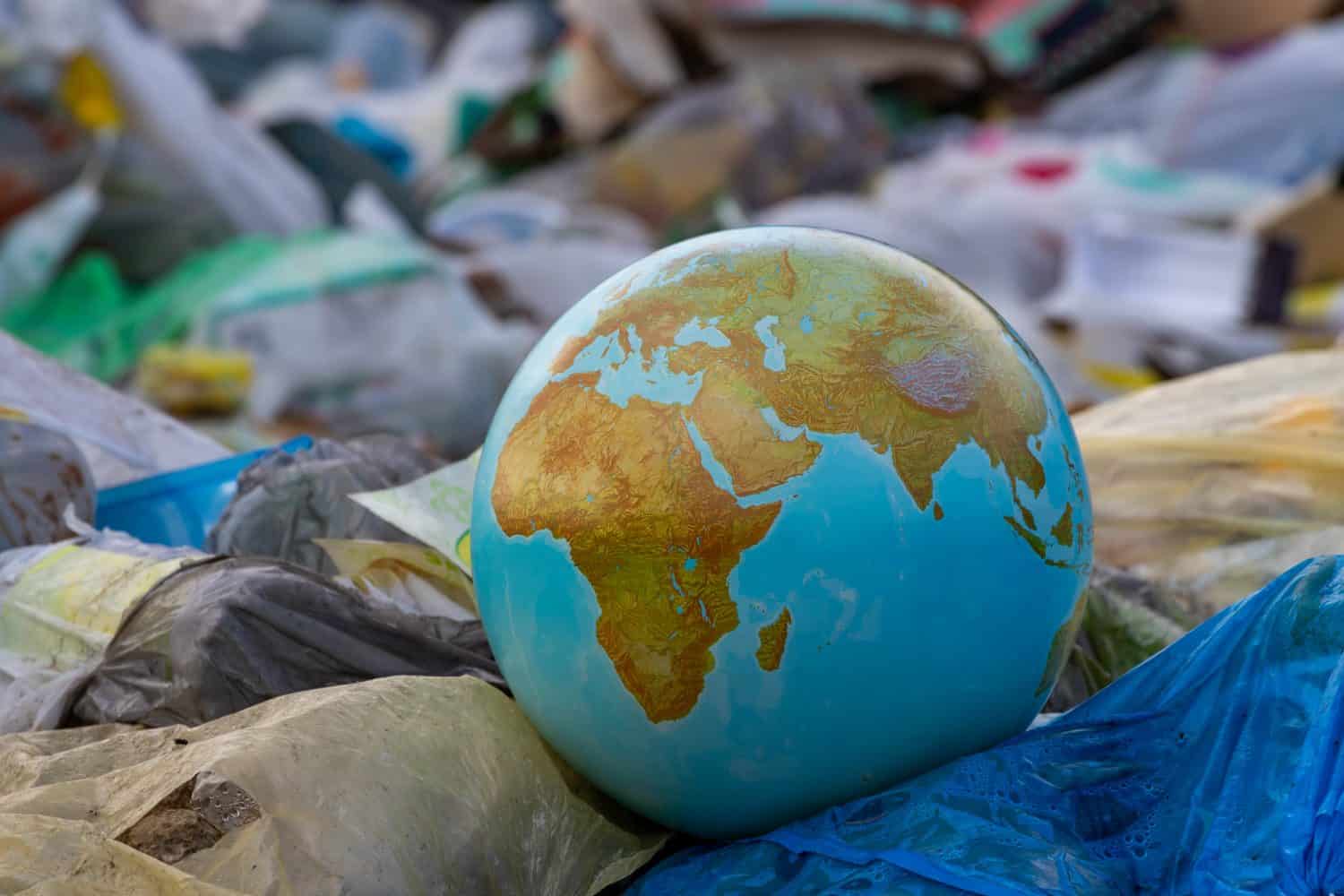
Published:
Last Updated:

Recently much attention has focused on the problem of microplastics in our environment. Garbage dumped in the ocean deliberately or washed into it as a result of storms can take years to break down. Plastic waste turns into microplastic particles that get into the food chain and work their way right back to our dinner tables and into our bodies.
Dumping plastic in the ocean is not at all a good idea, but some other types of garbage can actually benefit the ecosystem when disposed of in thoughtful, calculated ways. We’re not encouraging you to throw trash in the ocean by any means! But we’d like to share with you some ways that garbage can be repurposed in an environmentally beneficial way for the ocean, while reducing what is dumped in landfills or incinerated.
24/7 Wall St. Insights
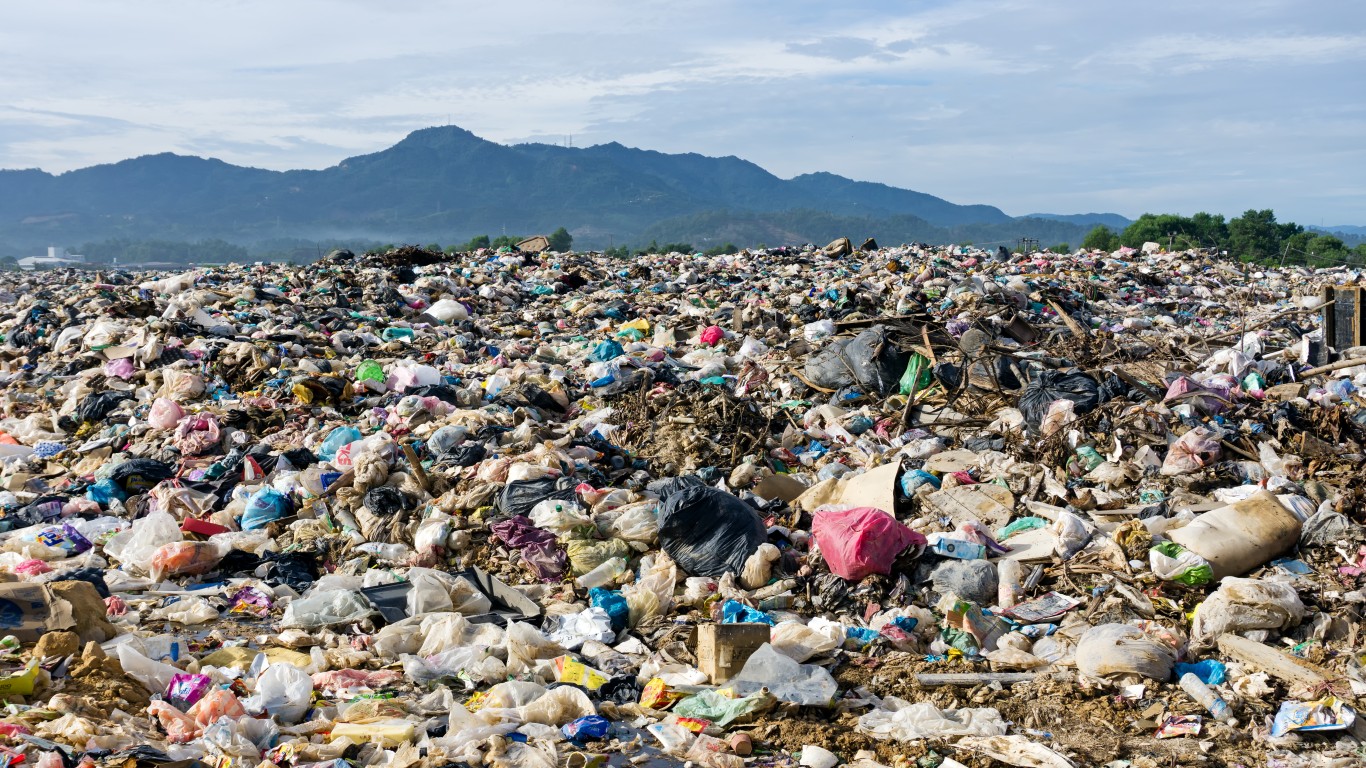
Dumping – Since ancient times people have designated certain areas for dumping garbage. When those areas have become too large, they started dumping somewhere else. Open dumps attract scavengers and spread disease.

Burying garbage in a landfill is one way to prevent it from being as unsightly and smelly and attracting unwanted animal visitors. If the landfill does not have a proper liner under it, though, pollution can leach into underground water tables and poison the environment for miles around.
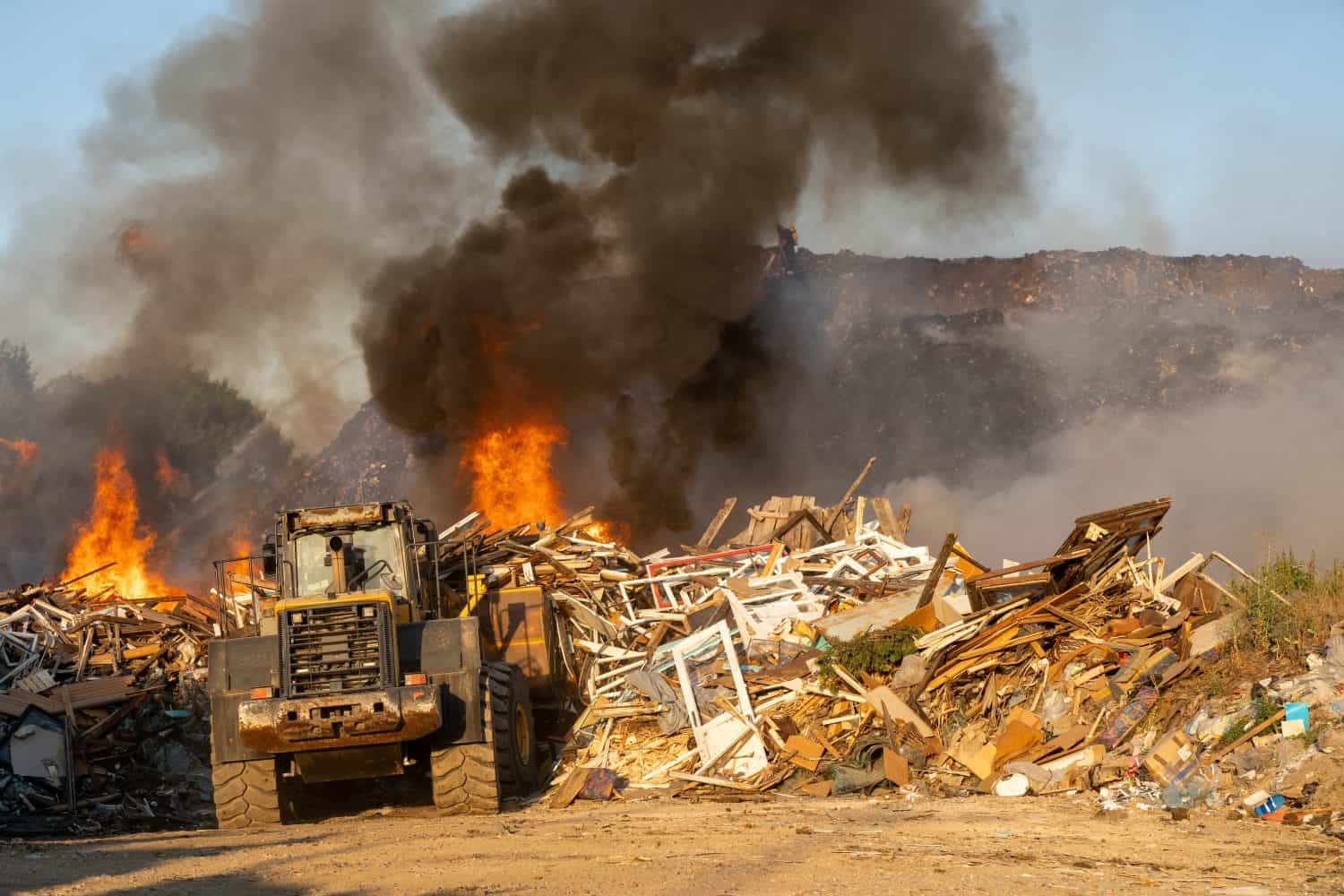
Burning is a very common way to dispose of garbage, especially in agricultural areas. Today, some communities have incinerators that turn garbage to ash at intense temperatures. Burning releases greenhouse gasses into the atmosphere, so it is not considered an environmentally-sound practice.
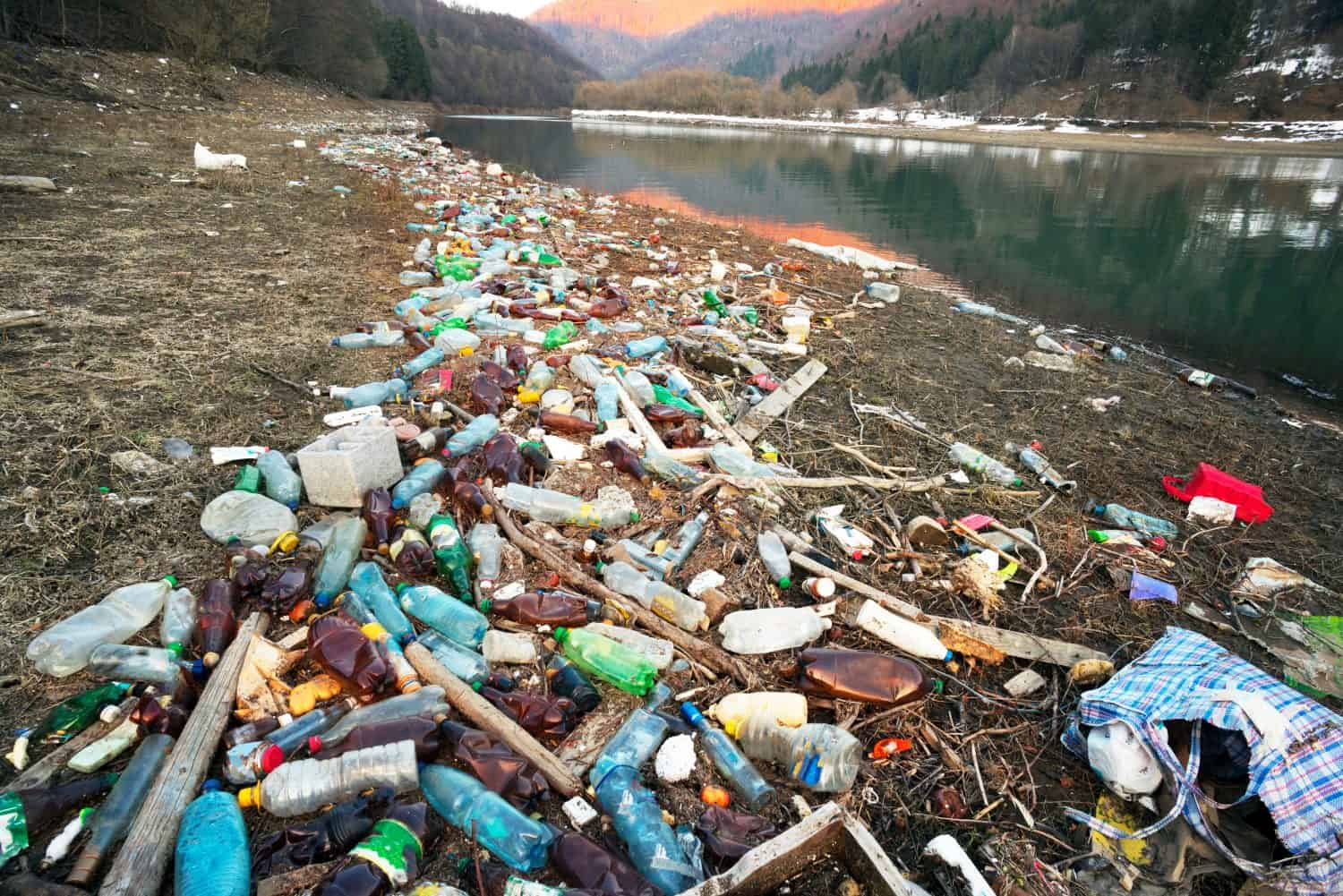
People have often disposed of sewage and garbage in rivers and the ocean because the water washes it away and swallows it up, seemingly with no consequences. Those living downstream or making their living from the ocean experience the ill effects, though.
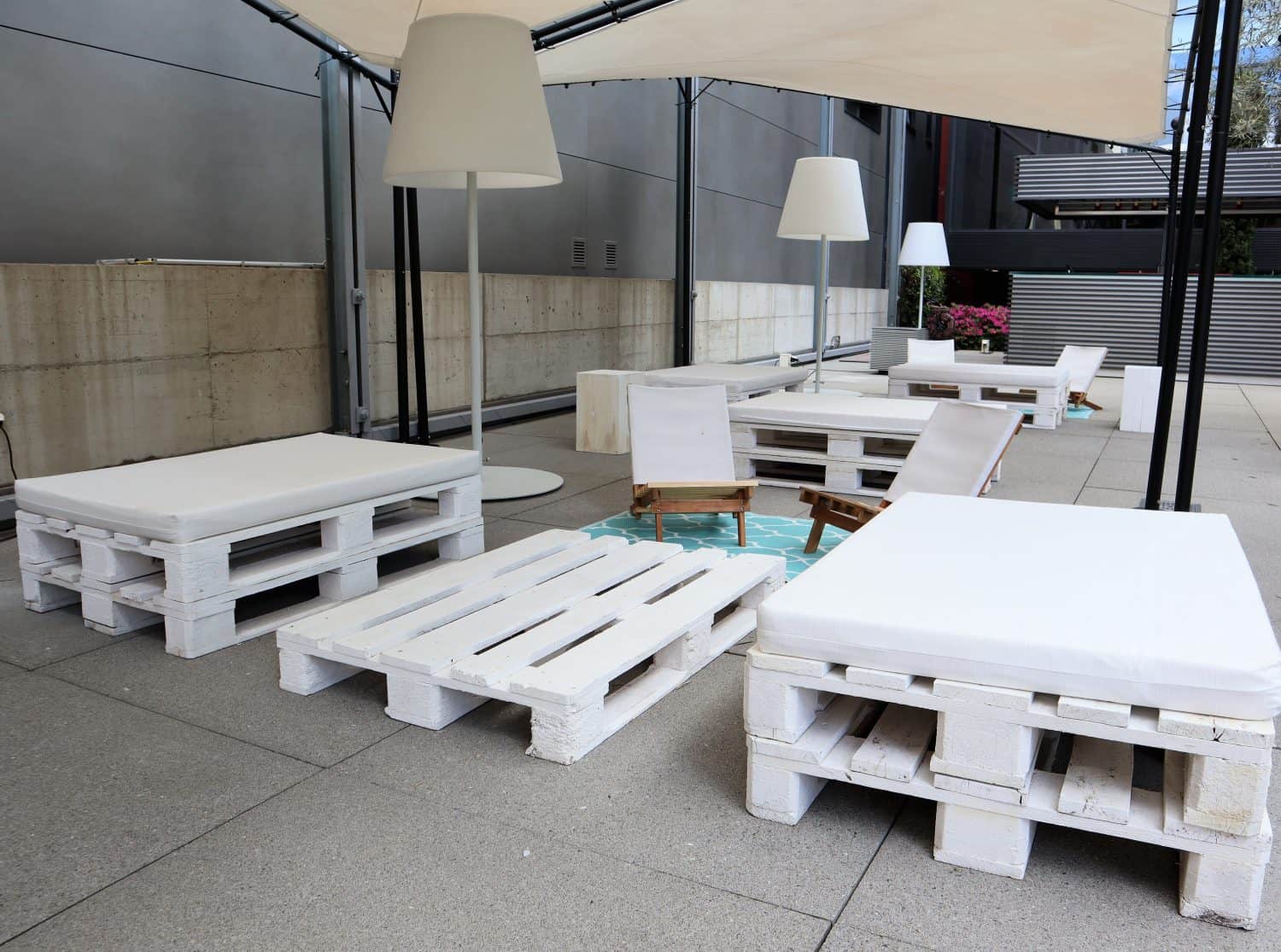
One of the best ways to prevent pollution is to reuse things rather than throwing them away. In the words of a saying from the Great Depression: “Use it up, wear it out, make it do, do without.”

Another sound practice is to recycle trash by breaking it down (disassembling, melting, grinding, etc.) and using it in a raw form to make something new, such as paper, glass, or road fill.
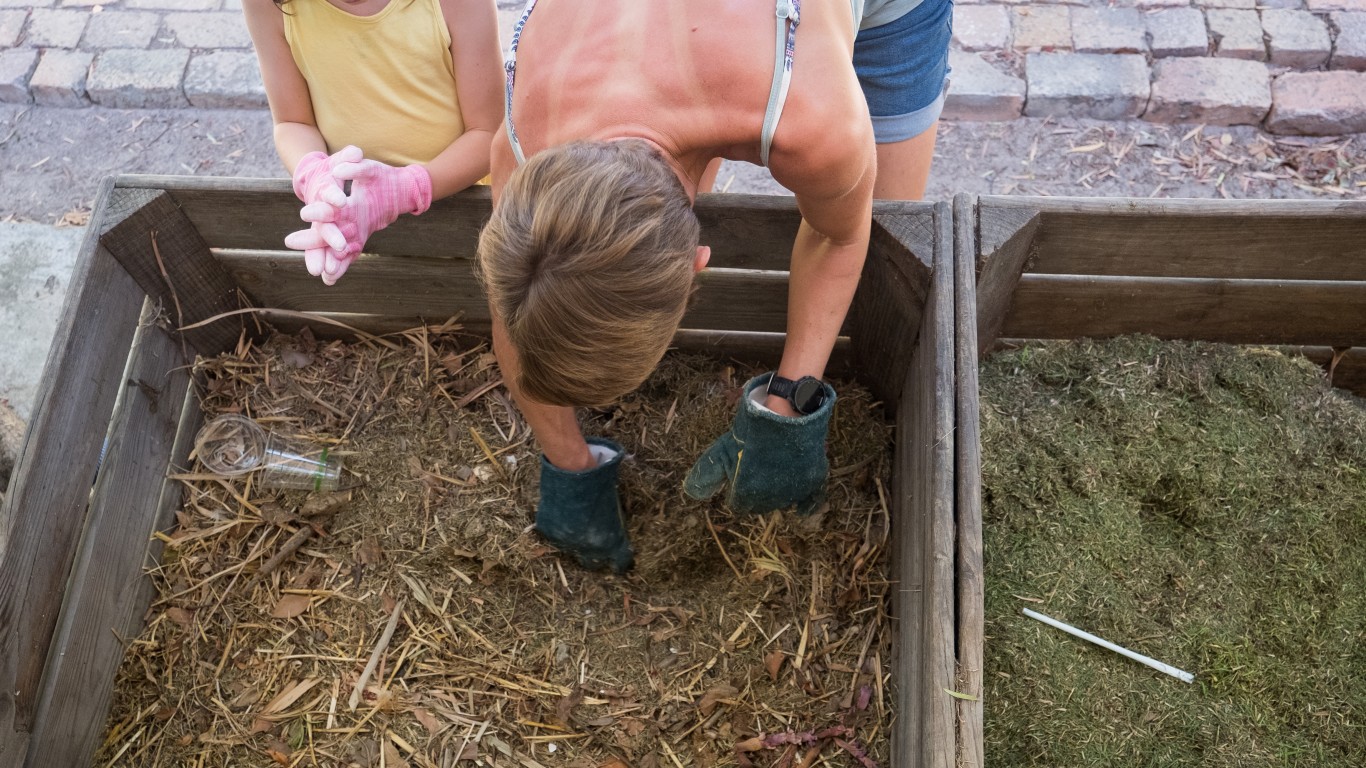
This is the practice of managing organic waste such as leaves or grass clippings in such a way that it decays into useable, fertile soil for agriculture and landscaping.
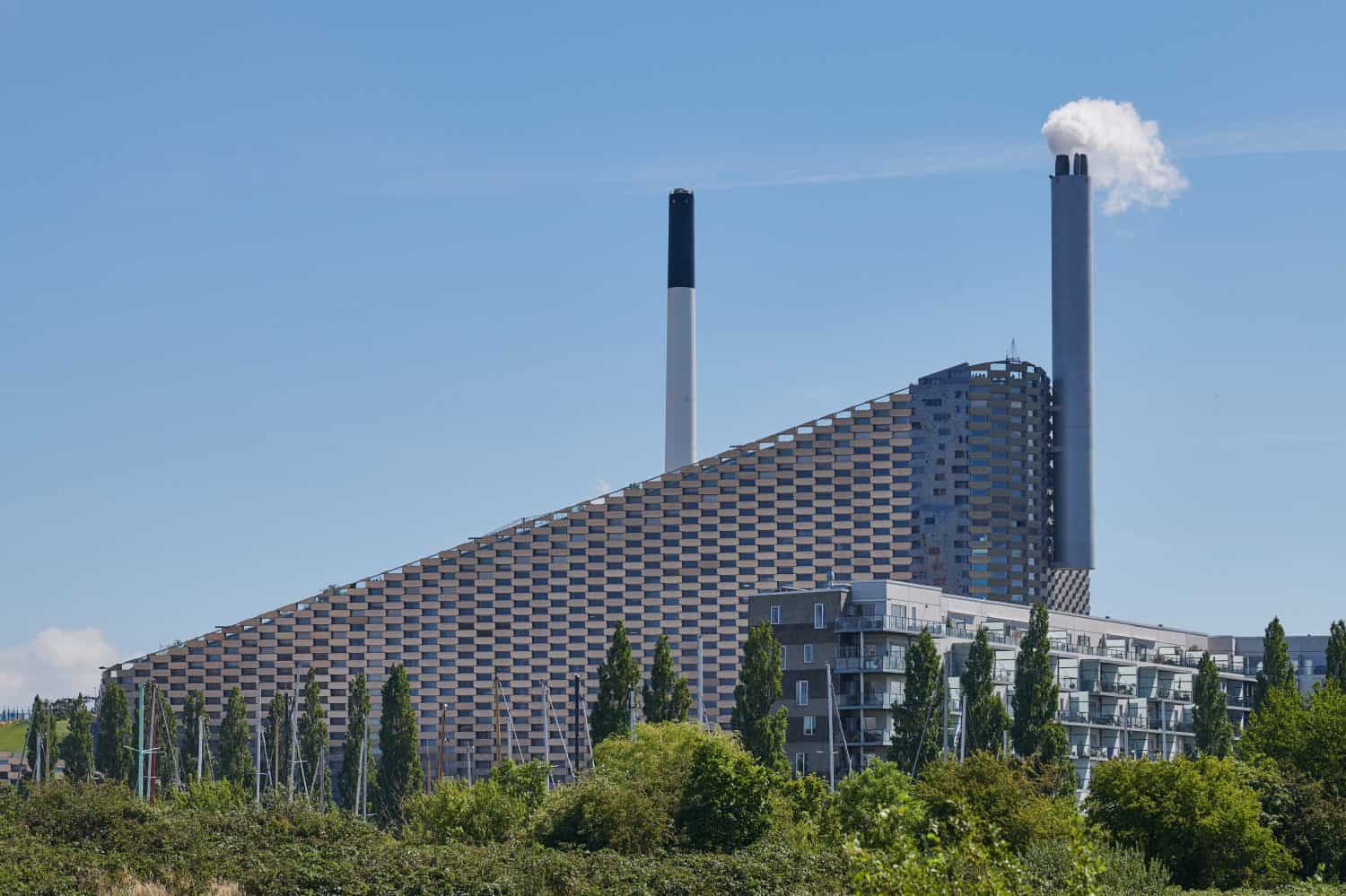
In this practice, garbage becomes an energy source to generate electricity for power plants. An example is harvesting methane gas released by the decay of garbage in a landfill.

The surface of our planet is 3/4ths water averaging over 2 miles in depth. It’s vast, but not infinite. The level of human waste is reaching catastrophic levels. Every year, people dump into the oceans directly, via rivers emptying into them, or washed out from storm damage:

The Great Pacific Garbage Patch is a rotating region of trash floating and suspended in the water of the central North Pacific Ocean. It is about twice the size of Texas. Most of the trash in it comes from North and South America and Asia. Some of it was directly dumped in the ocean, some washed down rivers, and some is the result of debris washed out to sea from hurricane flooding. Most of the trash particles are the size of a dime all the way down to microscopic microplastics. A cleanup project is currently trying to remove most of the trash over the next decade or so.
The damage is already done, though, as microplastics can be found in virtually every ocean biome, including Arctic ice and the deepest parts of the ocean, and it is detectable in many marine organisms, including those in the human food chain.
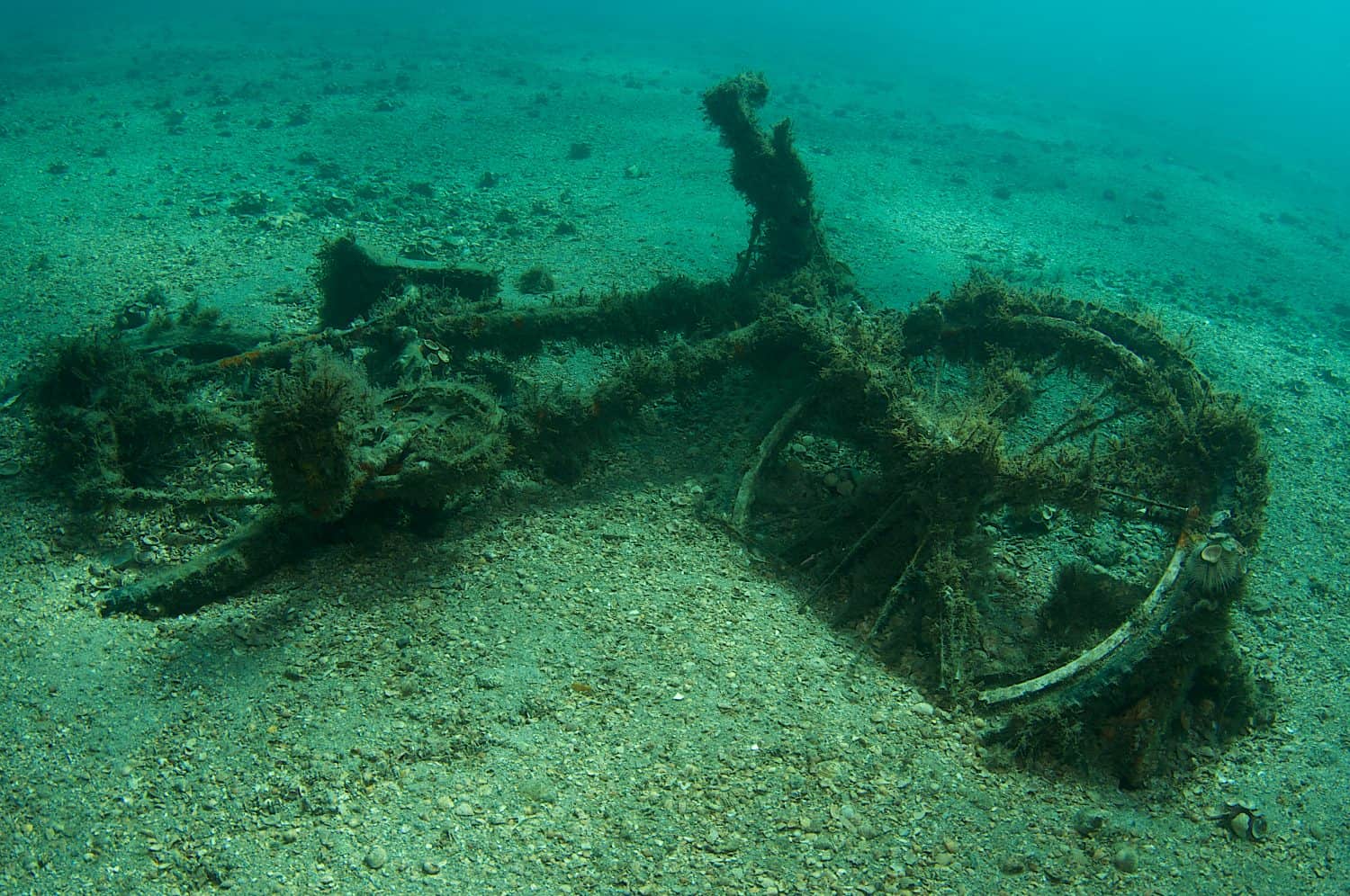
Some people believe that some of the most dangerous toxic substances on Earth might be safer disposed of in the deep ocean than stored on land. That controversial issue aside, following are some examples of ocean dumping that can be neutral or beneficial to ocean biomes.
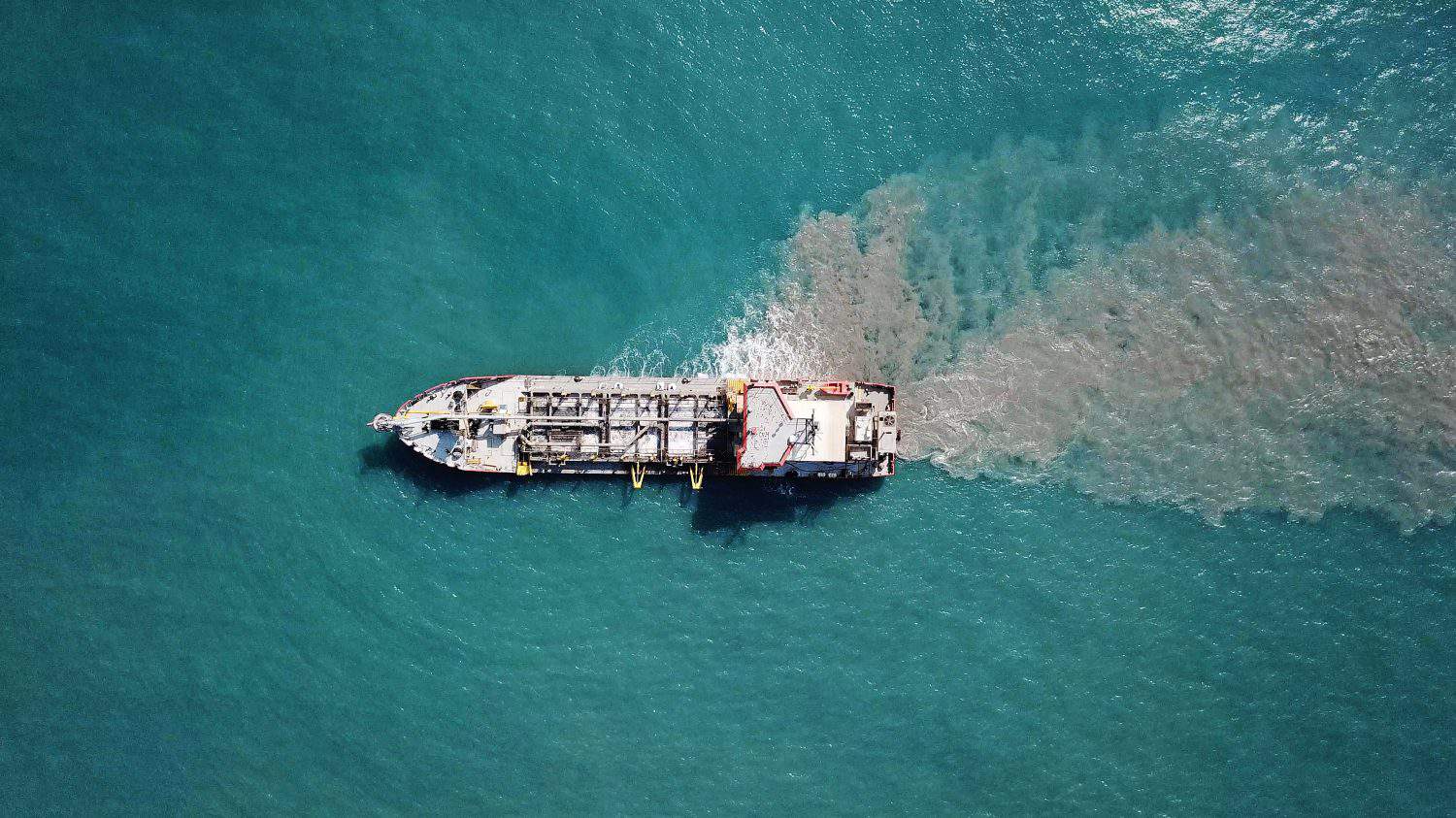
Rivers, lakes, and the ocean bed itself are routinely dredged to facilitate shipping. Erosion and storms can cause sand banks to develop that make navigation hazardous. Governments also try to shore up eroding beaches where expensive real estate such as hotels, roads, or port facilities have been built. As what is being dumped is sediment that is already on its way to the ocean or in it, dumping unneeded sediment to areas where it is less in the way can be considered an environmentally neutral method of disposal.
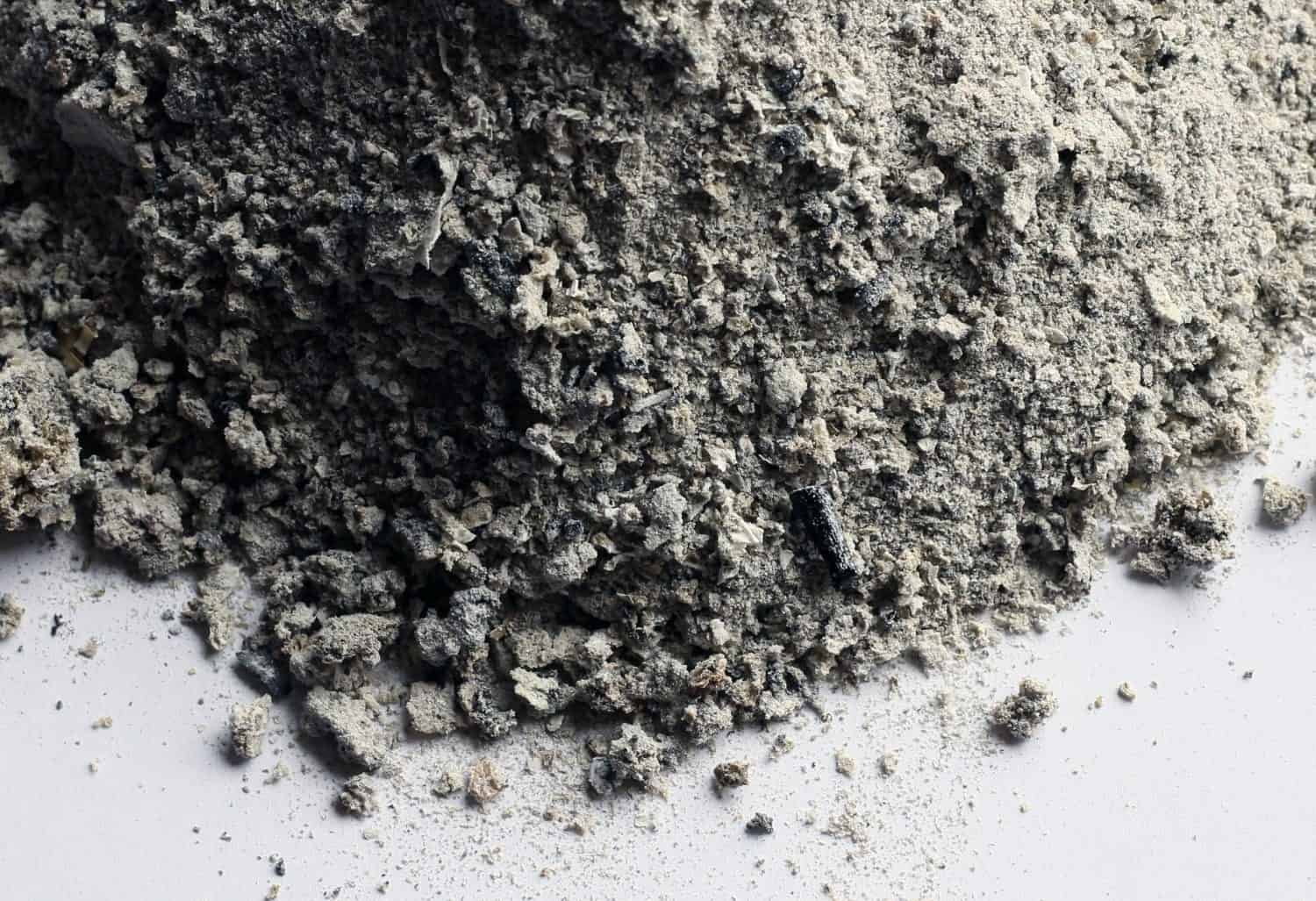
Disposal of ash can also be an environmentally neutral activity. Medical waste or bodies incinerated at high temperatures leaves behind sterile ash that should not impact the environment unless a large amount is dumped in one place making it difficult for marine life to get through it or smothering reefs and marine plant life under it.
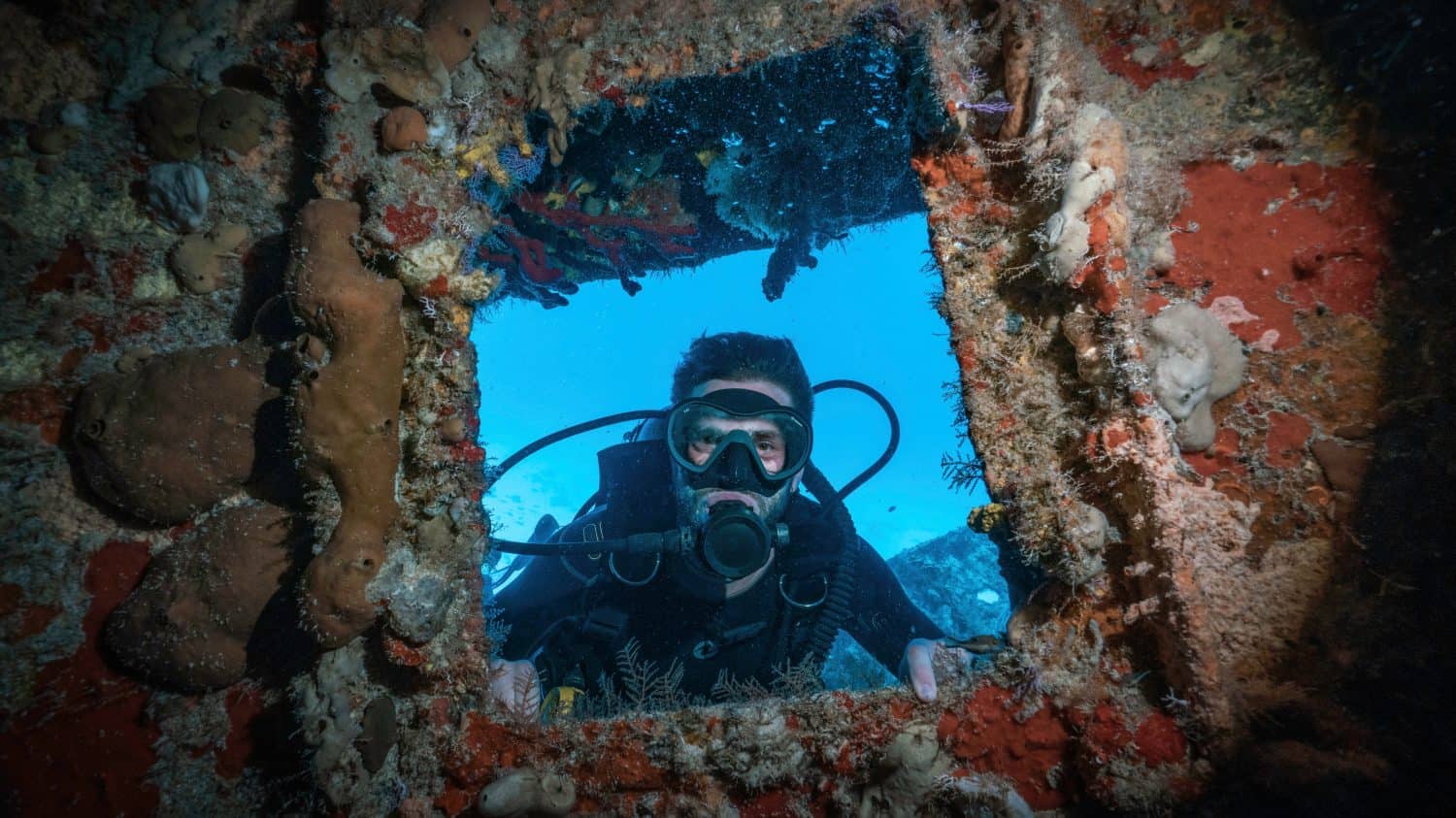
In some places, solid waste like chunks of concrete, masonry, sunken ships, or even subway cars have been sunk in the ocean to provide a foundation for reefs and a habitat for marine life. These have to be carefully selected and prepared so they do not leak toxic substances such as residual oil and fuel into the water. Vast swaths of the ocean have a smooth, sandy, featureless bottom that does not provide anything solid for corals to attach to or smaller fish species to hide from predators, so this practice creates oases in this underwater desert that improve biodiversity.
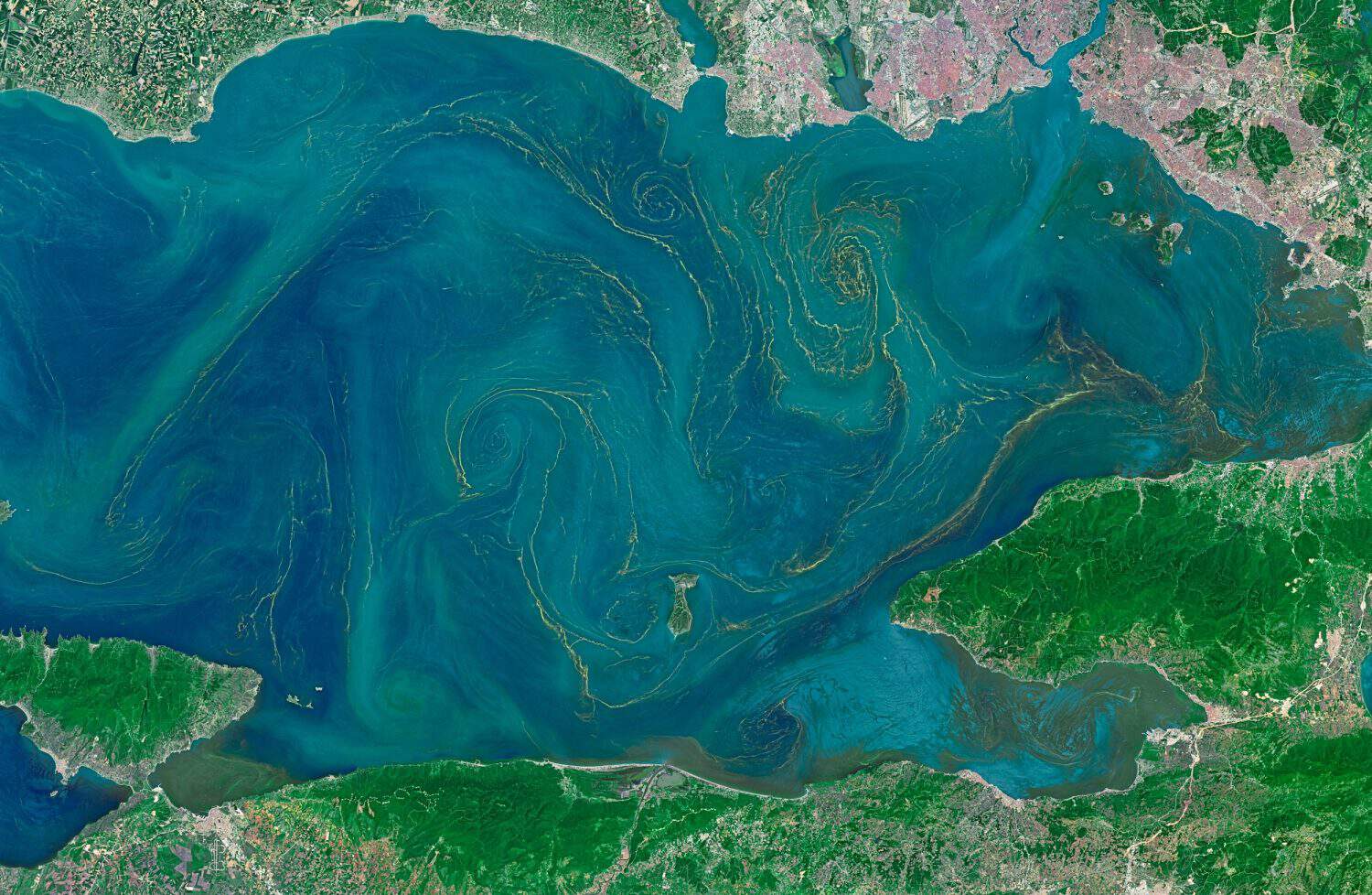
Nutrients like iron, nitrogen, or phosphorus, which are found in organic materials used for composting, can be added to the ocean. This stimulates the growth of phytoplankton, which is a significant part of the marine food chain and can have a cascading effect of increasing other species up the food chain. Oceanic fertilization in this way can help sequester atmospheric carbon, helping fight climate change. However, if the process is not carefully managed, it can cause large algae blooms. These deplete the oxygen in the water so that marine creatures cannot breathe in that region of the ocean until the algae dies off and disperses.
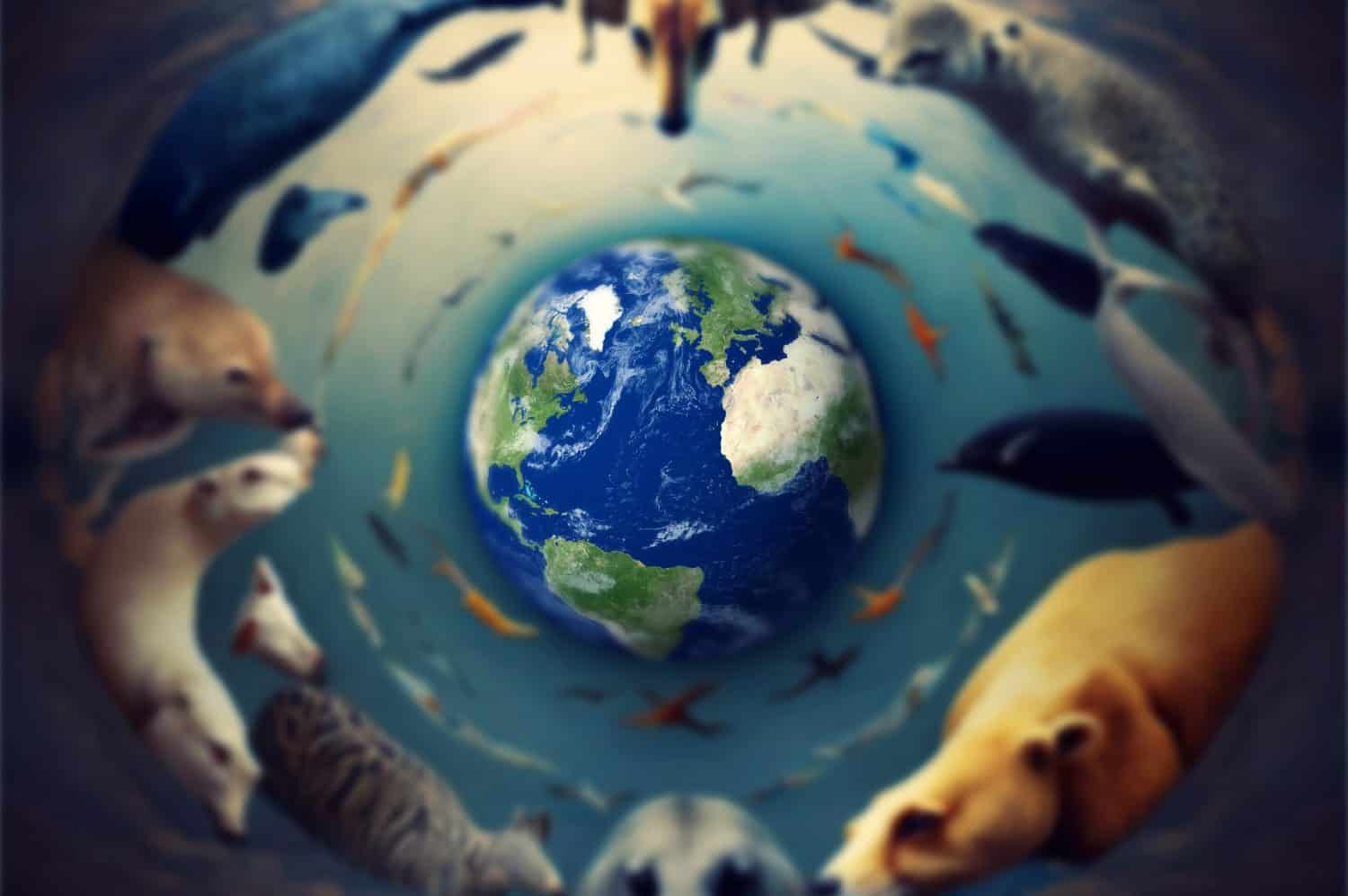
As we mentioned earlier, a beneficial way to deal with garbage is to “repurpose” it. In a sense, responsible dumping of certain kinds of waste in the ocean is a means of repurposing. It’s identifying what kinds of “trash” can become “treasure” to enhance the ocean environment. And when it comes to trash, the more we “use it up,” the less ocean species we’ll have to “do without.”
The average American spends $17,274 on debit cards a year, and it’s a HUGE mistake. First, debit cards don’t have the same fraud protections as credit cards. Once your money is gone, it’s gone. But more importantly you can actually get something back from this spending every time you swipe.
Issuers are handing out wild bonuses right now. With some you can earn up to 5% back on every purchase. That’s like getting a 5% discount on everything you buy!
Our top pick is kind of hard to imagine. Not only does it pay up to 5% back, it also includes a $200 cash back reward in the first six months, a 0% intro APR, and…. $0 annual fee. It’s quite literally free money for any one that uses a card regularly. Click here to learn more!
Flywheel Publishing has partnered with CardRatings to provide coverage of credit card products. Flywheel Publishing and CardRatings may receive a commission from card issuers.
Thank you for reading! Have some feedback for us?
Contact the 24/7 Wall St. editorial team.